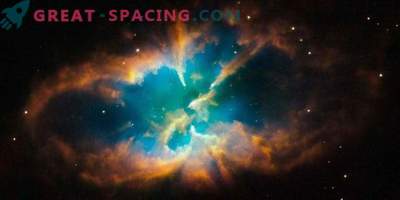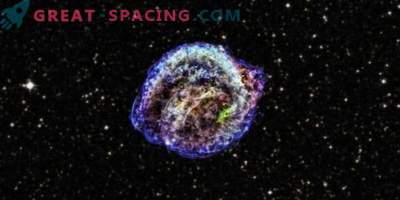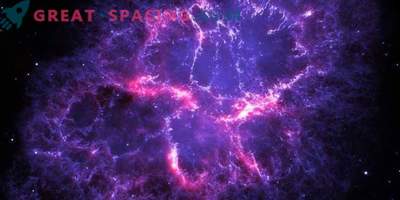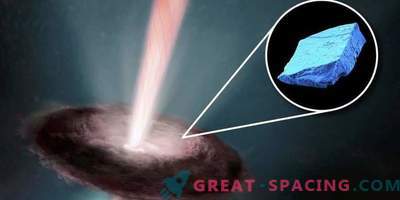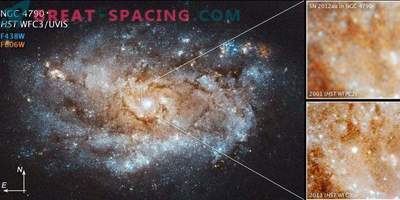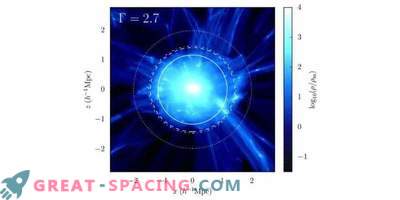
Meteorites are capable of hiding valuable information about supernova explosions from which new stars and even planets of the solar system are formed. When a massive star approaches the end of existence, it explodes. Due to this, stellar material spills out into space, creating an explosion in the form of a supernova. In the future, the material is processed and planets and stars are formed.
Supernova is an important event in the evolution of stars and galaxies, but the internal explosion process remains a mystery. Meteorites - rocky fragments of comets or asteroids falling to Earth. They are created from material left over from the birth of the system. Therefore, tiny pieces of space rocks manage to preserve the original chemical signatures of stellar material released by supernovae.
Scientists from the National Astronomical Observatory of Japan decided to study the meteorites more closely and study the role of a supernova in the process, called electronic antineutrino. It is released in an explosion.

The traces found in meteorites shed light on the internal manifestations of supernova explosions that release material into space, which is transformed into new planets and stars
Neutrinos are subatomic particles that do not have an electric charge, and the mass is so small that it cannot be detected. Antineutrino - antimatter particle and neutrino analogue. Electronic antineutrino can be considered a specific kind of antineutrino. There are 6 types of neutrinos. Early studies showed that isotopes are created by five types, in addition to electronic antineutrino. Having found an isotope synthesized predominantly by electronic antineutrinos, it will be possible to determine the temperatures of all six species, which is important for understanding the supernova explosions. To find out more details about supernova explosions, scientists measured the amount of Ru-98 (ruthenium isotope) in meteorites. This made it possible to determine how much of the Tc-98 progenitor (the short-lived isotope of technetium) was present in the material from which the early Solar System emerged.
Neutrinos in perishing stars are in contact with other particles in space with the formation of technetium. The temperature Tc-98 is influenced by the temperature of electronic antineutrinos and the time interval between the stellar explosion and the formation of the system. Therefore, the study of the concentration of Tc-98 in meteorites will allow to understand the reactions in the supernova explosion. The analysis showed that the expected amount of Tc-98 at the time of the formation of our system was not much lower than the current detectable levels, which indicates the possibility of an accurate measurement of the substance.
